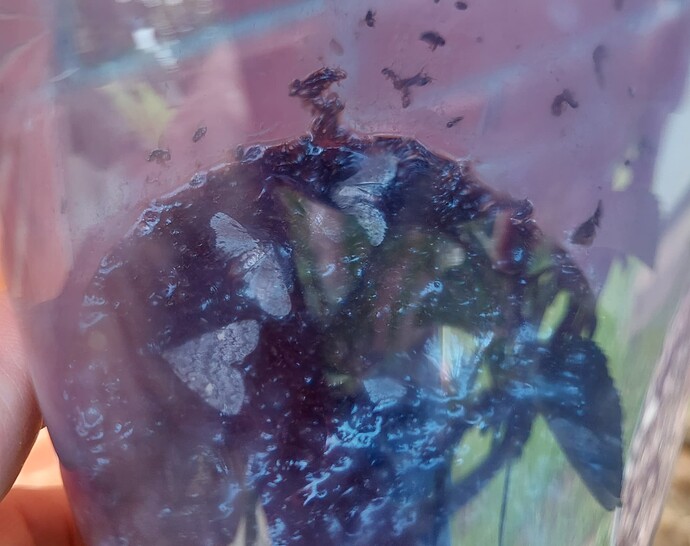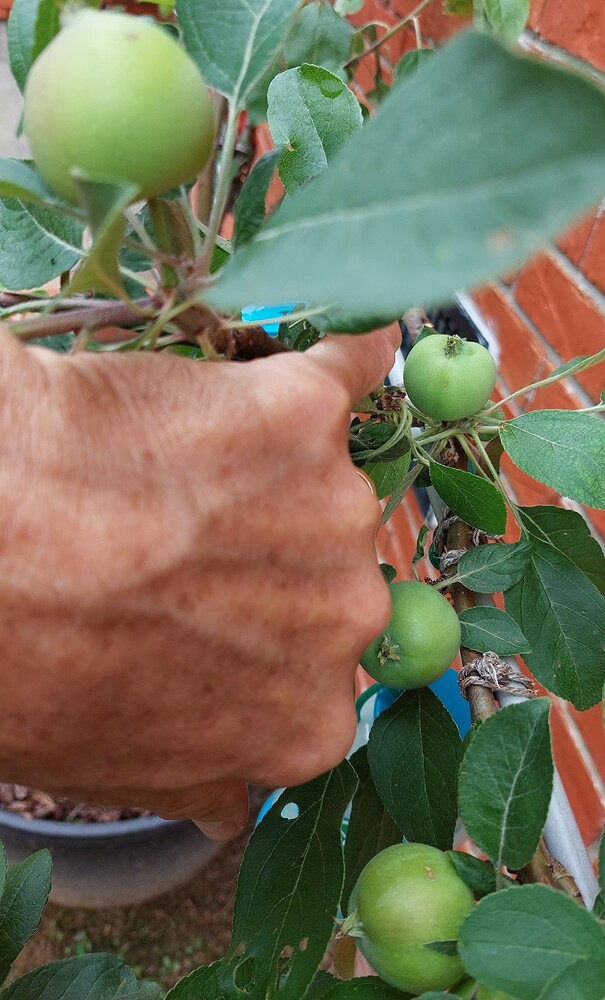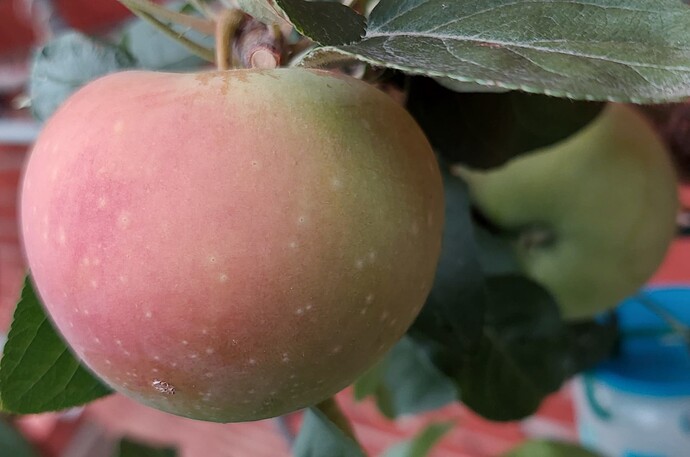Those crescent shape wounds were made by plum curculio, the worst pest for fruit in the east. They come up in drove when night temp is around 60 F. In one night, they could damage your whole tree.
@mamuang … thanks… i was not sure what was doing that.
I have not seen those… but probably just need to look in the right places.
I am pretty close to giving up on apples here… if its not some pest wrecking them… fire blight does.
A few years back… i decided to try adding more apples… and added later blooming apples to help with late frost issues.
This year some of my later blooming apples bloomed for the first time… I was so happy to see that.
That is until fire blight showed up and covered them.
Later blooming apples might help with late frosts … but you also have apples blooming later in the spring when it is warmer… warm weather and rain and apple blossoms… I see now is ideal conditions for fire blight.
Cant win for loosing ![]()
Apples have plum curculio, coddling moth and apple maggot flies. Some areas, Oriental Fruit moth and stinkbugs may join in.
Yup, fire blight is nasty. Your soil is rich. Your trees grow rapidly in the spring. When it’s warm and wet, those trees are more vulnerable to fire blight, too.
I spray copper at dormant. It does help esp. if the apple varieties you grow are not susceptible or the weather condition is not a perfect storm. Copper is considered organic.
How is this going so far? Have you check to see what insects have taken the plunge? I just made two traps this morning. I’m hoping these don’t trap bees too. Last year I had quite a bit of CM damage on my Waltana apples. I figured this is easy enough to try. If it doesn’t work, then next year I may try spraying surround or a bug zapper.
I have checked the contents of the traps and found then to be loaded with CM.
There were lots of other small insects in there too… including a few lady bugs.
Any insect that can crawl thru a 3/8 inch hole and is attracted to molasses… very likely to be in there.
Lots and lots of CM are definately in there.
Above you can see CM floating on top of the molasses/water mix in one of the traps on my Novamac espellar.
It still has some pretty clean apples on it… sizing up.
Update on how this has gone so far. I did about 40 molasses traps throughout my orchard this year. One per producing apple tree, plus some hung on neighboring non-apple trees. There was a noticeable reduction in codling moth damage for the first generation, but not enough for this to be my only method going forward. About half my liberty and redfields were damaged with one frass hole, instead of most of them being damaged with multiple holes last year. Golden Russet and Goldrush also half had frass holes. Those were bagged last year so no good comparison. Trailman and Winesap are worm free so far this year. My other trees lost most of their apples this year to severe cicada damage and subsequent pruning.
Better than last year, but still too much damage. I’m trying out zappers on the second generation to save the apples I have left.
I had 2 CM molasses traps in each apple tree this spring… some of my trees were taken out by fireblight this spring.
I ended up with some extra traps and added 2 more to my little novamac. It was a small espellar tree and had 4 CM molasses traps hanging on it.
It still has some perfect, nice and clean apples hanging on and sizing and coloring up.
It got several hits of FB this spring too… and has been whacked back removing most of the two lower scaffold branches… but it seems to be ok now… no more signs of FB.
TNHunter
NCSU sent out an alert on June 27 that the second generation of codling moth was starting in Western NC below 1400ft elevation. Expect higher elevation to start in 7 to 10 days. So by now all of NC’s apple production areas need spraying.
I also saw their traps were showing a lot of San Jose scale near Hendersonville. I hate scale. Found some on a peach I picked yesterday.


